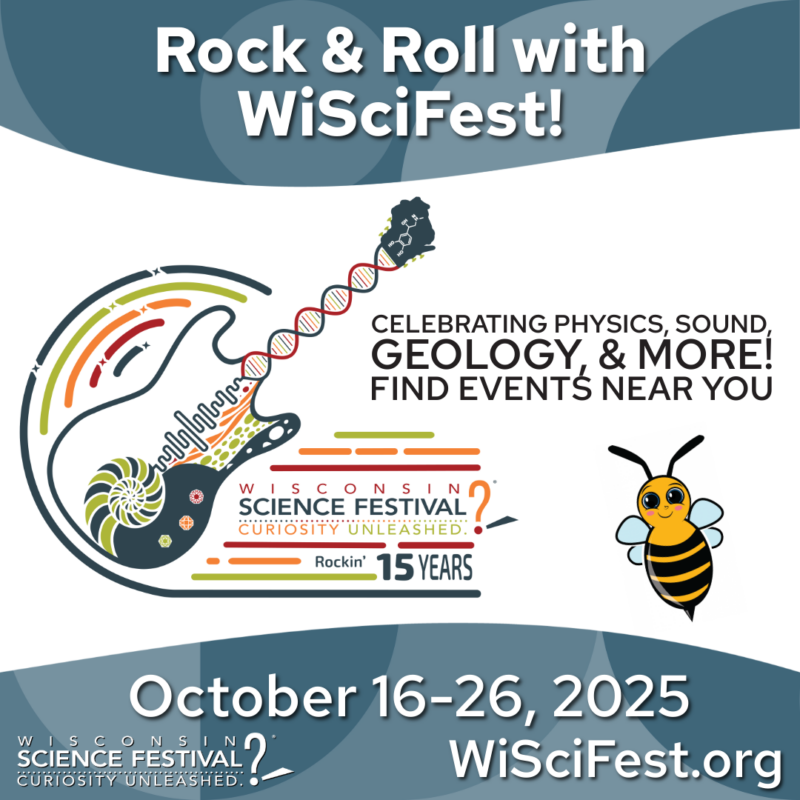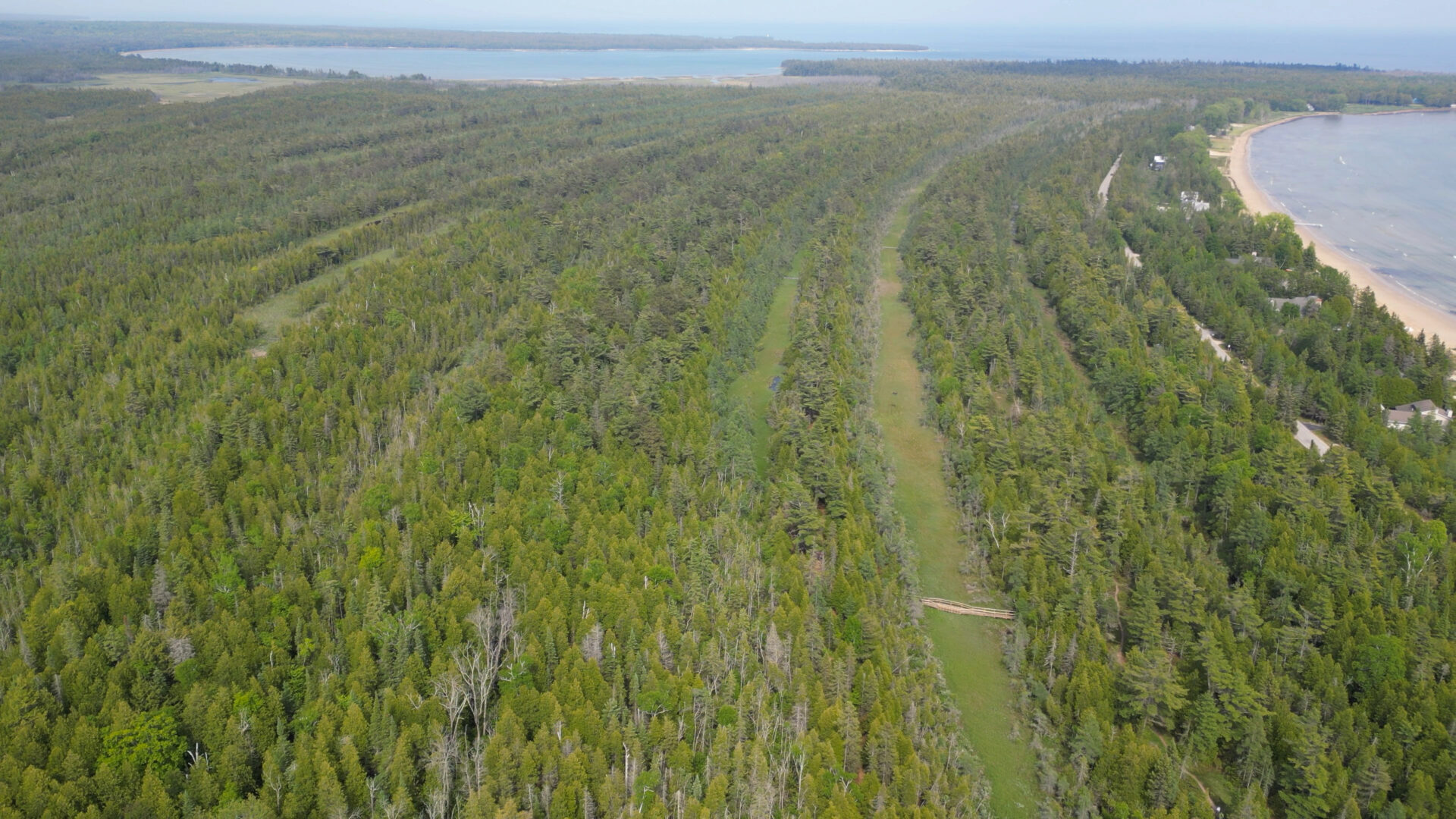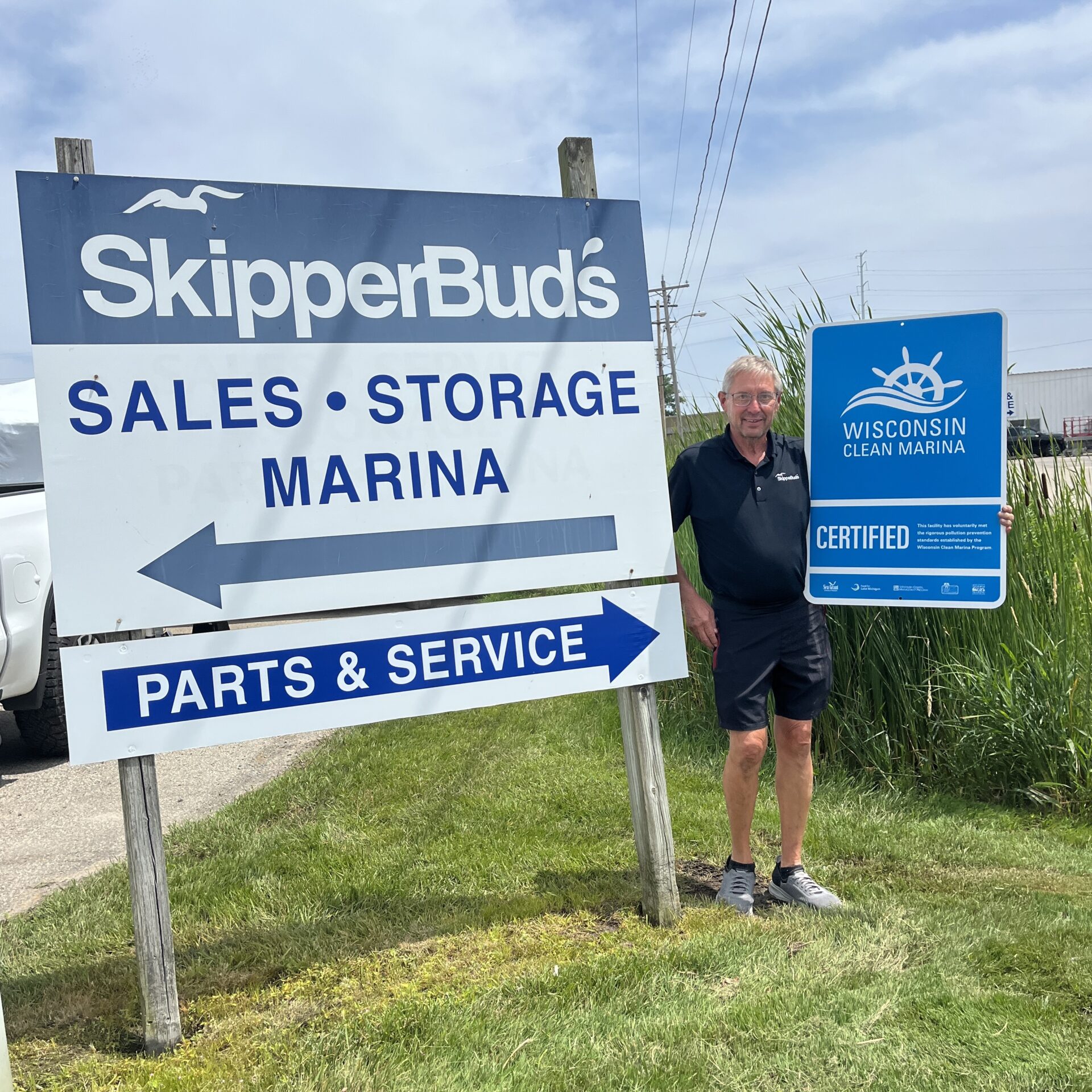Quick! What do a mixer, a memory foam pillow and a GPS unit have in common? Answer: All are tools that can help tell the story of the St. Louis River Estuary.
More than 30 classroom teachers and other educators discovered these connections and spent two days exploring Barker’s Island, a small manmade island in the estuary, as part of a workshop on how to use the latest technology to teach children about the outdoors. The teachers came away with multiple ideas for using the workshop materials in their classrooms.
“I’ve only lived in the area for a year, so this was a great learning opportunity for me,” said Stephanie Francis, a sixth-grade science teacher at Superior Middle School. “Now, I can take students to the same place where I was. I can show them that science isn’t just inside the classroom; science is also right in our own backyard.”
The workshop took place on June 11-12 and was an outgrowth of a research project by George Host with the Natural Resources Research Institute at the University of Minnesota Duluth and Janet Silbernagel of the University of Wisconsin-Madison. Their project assesses human impacts on the St. Louis River Estuary and explores resident’s connections to it by capturing their place-based stories.
Deanna Erickson of the Lake Superior National Estuarine Research Reserve led a session that featured the mixer and the memory foam pillow, a few of several props scattered on tables for the educators to ponder. She helped educators relate the mixer to the “mixing” of water that occurs in the estuary when the waters of the St. Louis River meet those of Lake Superior. The memory foam pillow? It represents the slow isostatic rebound the area is experiencing now that the weight of the last round of glaciers is gone.
The event was hosted at the Lake Superior National Estuarine Research Reserve on Barker’s Island and was funded jointly by Wisconsin and Minnesota Sea Grant. Educators got hands-on experience with geocaching, an outdoor activity where people use GPS devices to find hidden containers. They also collected water samples and got familiar with the not-yet-public project website, which features stories told by longtime estuary locals. The teachers got to meet some of the storytellers in person on an evening estuary boat tour.
According to the anonymous teacher evaluation sheets, one teacher from Green Bay said the workshop helped motivate them to learn more about the rivers there. Another teacher plans to use the tools to help teach about Minnesota history, and the integration of the environment and history. Another plans to convey their excitement and joy for the estuary to youth and to use technology to “grab the modern kid.”
For more information about the project, read “Stories of Us.”





